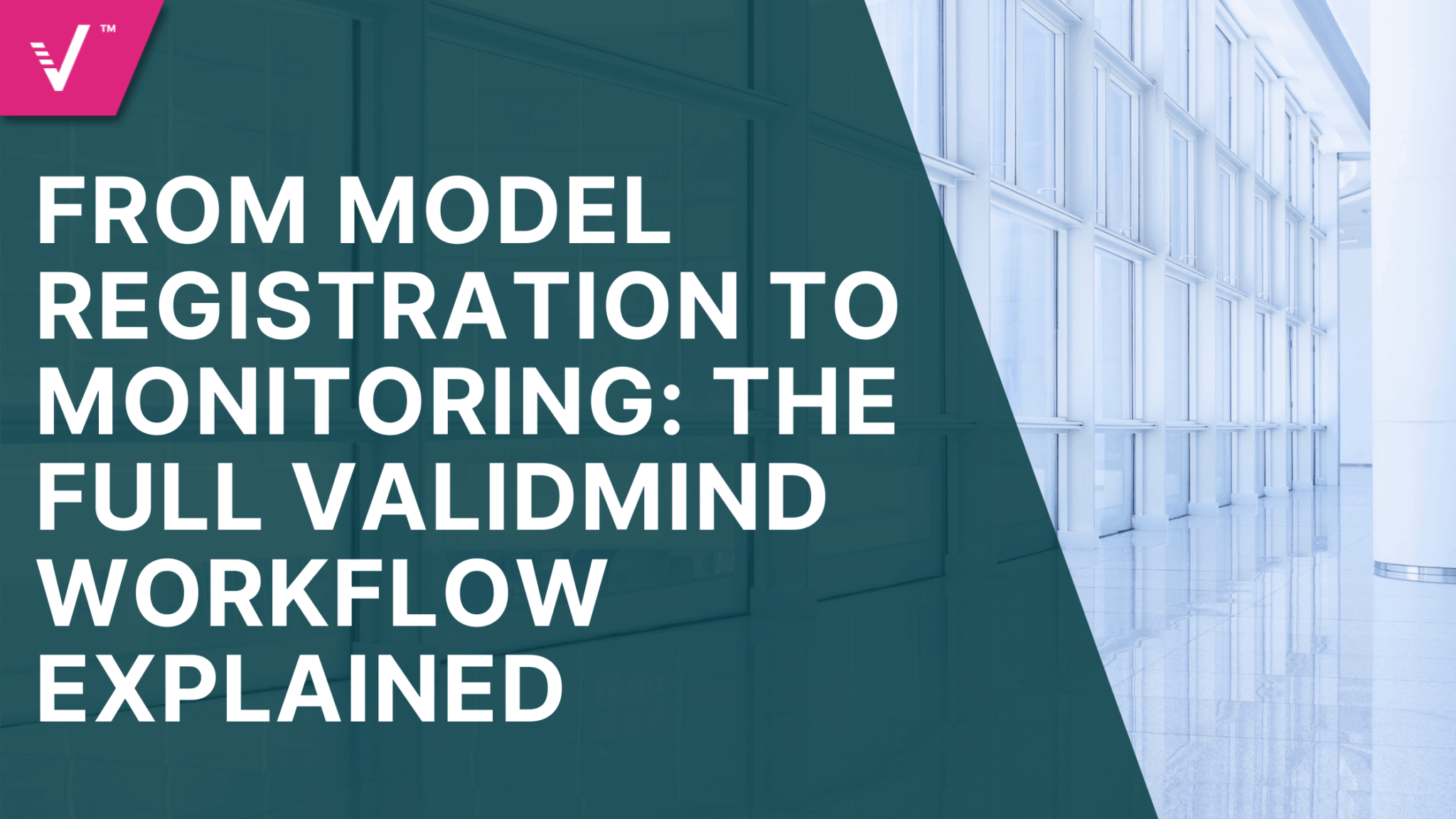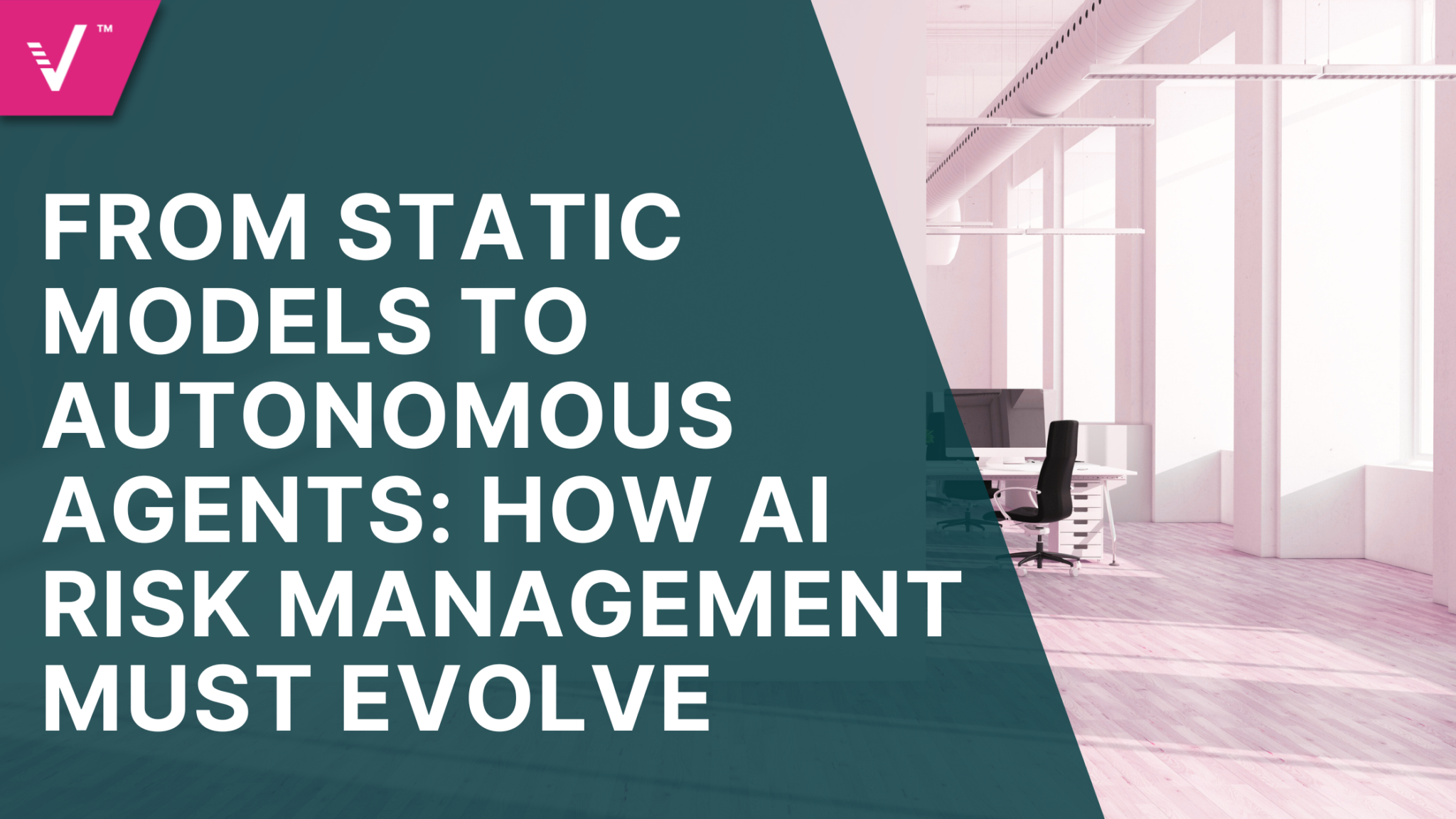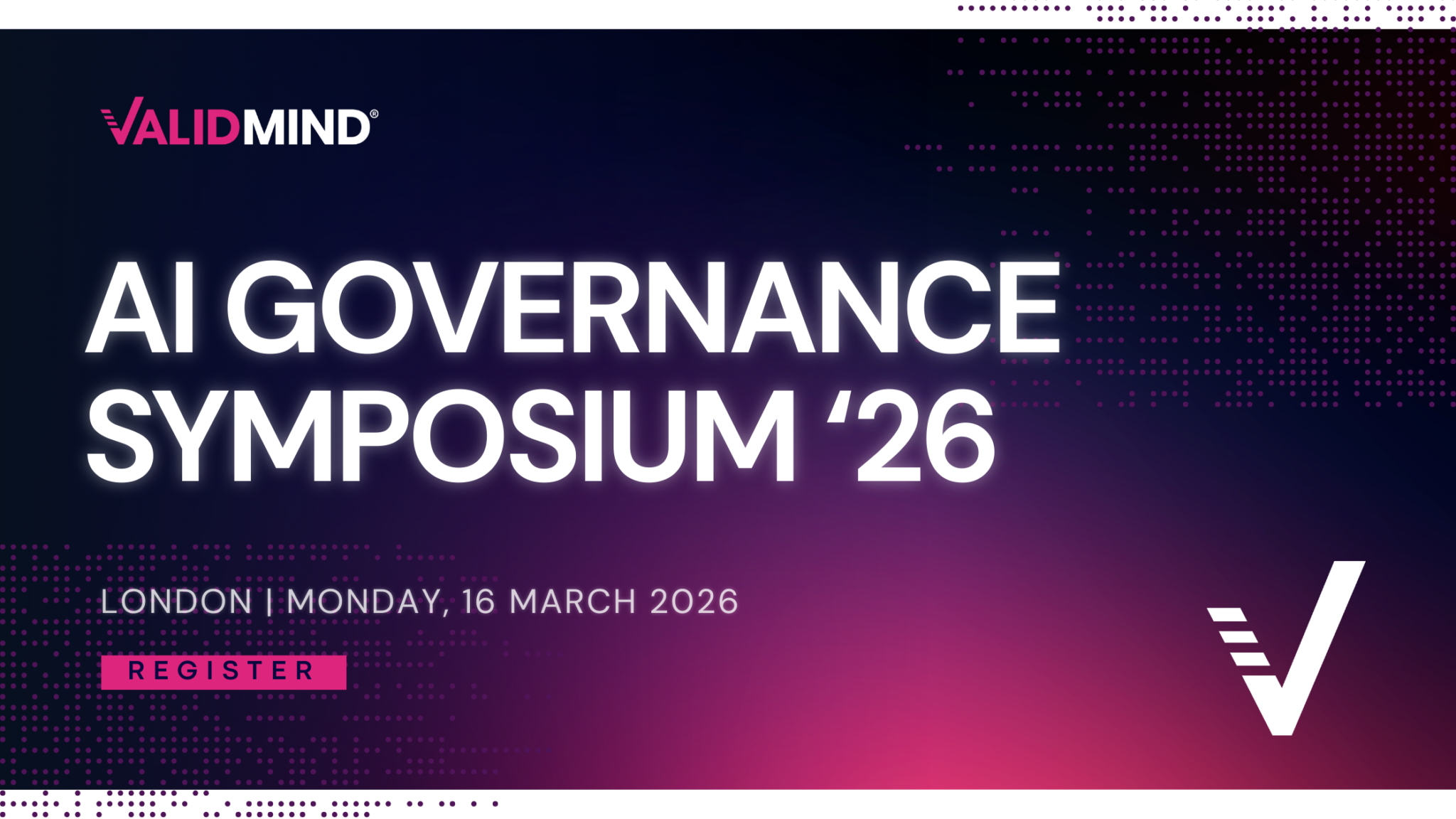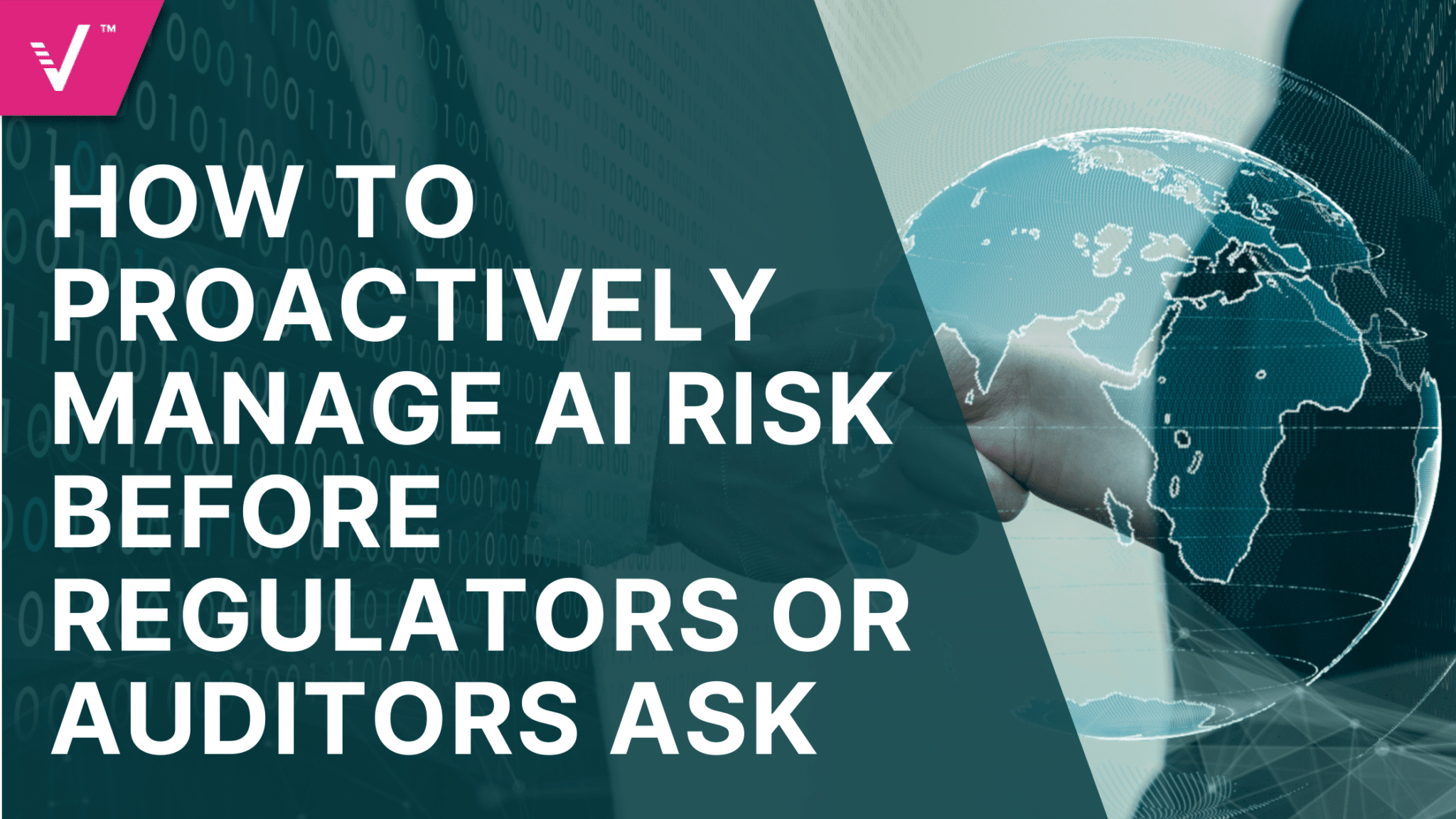From Model Registration to Monitoring: The Full ValidMind Workflow Explained

Building trustworthy AI systems starts with how they are governed. Organizations face the challenge of maintaining compliance and accountability across every stage of the model lifecycle. Without the right structure, model documentation and validation often become siloed, slowing down innovation and creating unnecessary risk.
Designed to unify model governance from end to end, ValidMind provides a workflow that connects model registration, documentation, validation, and monitoring in one place. By centralizing these steps, teams can collaborate more efficiently, enforce consistent governance standards, and ensure every model decision is transparent and defensible.
Trust Starts With Model Registration
Every AI system in ValidMind begins its lifecycle with registration. This is where teams acquire metadata important for future use, including model type, data sources, intended use, owner, and supporting documentation. This information forms a comprehensive profile that defines how and why the system exists. Consolidating these details into a single source of truth ensures consistency across teams and departments.
This foundational step not only organizes the model inventory but also establishes the traceability needed for regulatory and internal audits. Controls are built into the product to track every change in the development and deployment process. With integrations for Python, R, and other common notebook environments, onboarding new AI systems into ValidMind is effortless, setting a strong foundation for governance right from the start.
Automating Documentation
Once an AI system is registered, ValidMind takes on documentation. Seen as one of the most time consuming tasks in model governance, documentation is automatically created from model artifacts, such as code, datasets, and performance metrics. This allows for accuracy and reduces the burden placed on data teams.
In order to have compliance from the start, ValidMind uses predefined templates that align documentation with internal policies and regulatory standards such as SR 11-7 or EU AI Act. The result is a live record that continues to evolve alongside the AI system, allowing documentation to be audit ready.
Validating Model Quality and Compliance
After documentation, models advance to the validation phase, where quantitative and qualitative assessments are done to test their reliability and compliance. ValidMind provides a framework for reproducible testing and benchmarking, making sure that every validation step is easy to repeat and verify. Within the platform, teams are able to manage validation workflows, assign validators, execute standardized tests, and provide approval outcomes.
ValidMind also supports a wide range of evaluation methods including statistical tests, performance drift analysis, explainability tools, and fairness metrics. Similar to documentation, all validation evidence is automatic and linked to the model’s registration record, forming a complete, audit ready package. In-app comments and version history make it easy for developers and validators to work together and maintain a transparent compliance trail.
Streamlining Governance
Once a system has been validated, it moves into the review and approval phase, and this is where governance comes into play. The platform’s automated workflows allow each model to be routed to the right stakeholders, whether it has to do with risk management, compliance teams, or formal governance committees.
Approval chains, status based permissions, and receipts of any decisions and revisions are built into the platform to enforce the requirement of accountability and transparency. This structured process closes the gap between model development and organizational oversight, ensuring that the AI systems making it to production have been given a full scan and are approved.
Take a deeper dive into risk in our previous piece: AI Risk 101: A Beginner’s Guide for Financial Services Leaders
Oversight Made Simple
Governance is meant to evolve with the AI systems. ValidMind’s monitoring capabilities extend oversight into production so that models remain fair and compliant over time. The platform enables automated tracking of performance metrics and data drift, helping teams detect when AI systems begin to deviate from expectations.
Dashboards and alerts provide visibility into potential performance degradation or bias, allowing for quick, informed responses. ValidMind’s platform integrates with already existing production environments and monitoring tools, along with monitoring to transform compliance from a one-time validation exercise into an ongoing assurance process, even allowing teams to trigger revalidation or retraining workflows when needed.
Learn more about AI Governance in our Webinar Replay: Achieving AI Governance at Scale: A Comprehensive Approach
An Auditable Lifecycle
From model registration to monitoring, every stage of the ValidMind workflow builds on the last to create a fully auditable model lifecycle. By aligning registration, documentation, validation, review, and monitoring, the platform delivers end-to-end traceability that reduces operational risk and simplifies audits. This approach allows organizations to manage their systems responsibly and scale AI with confidence. With ValidMind, governance is the framework for sustainable, trustworthy AI adoption.
Discover the tools and insights ValidMind offers to build sustainable success today.


